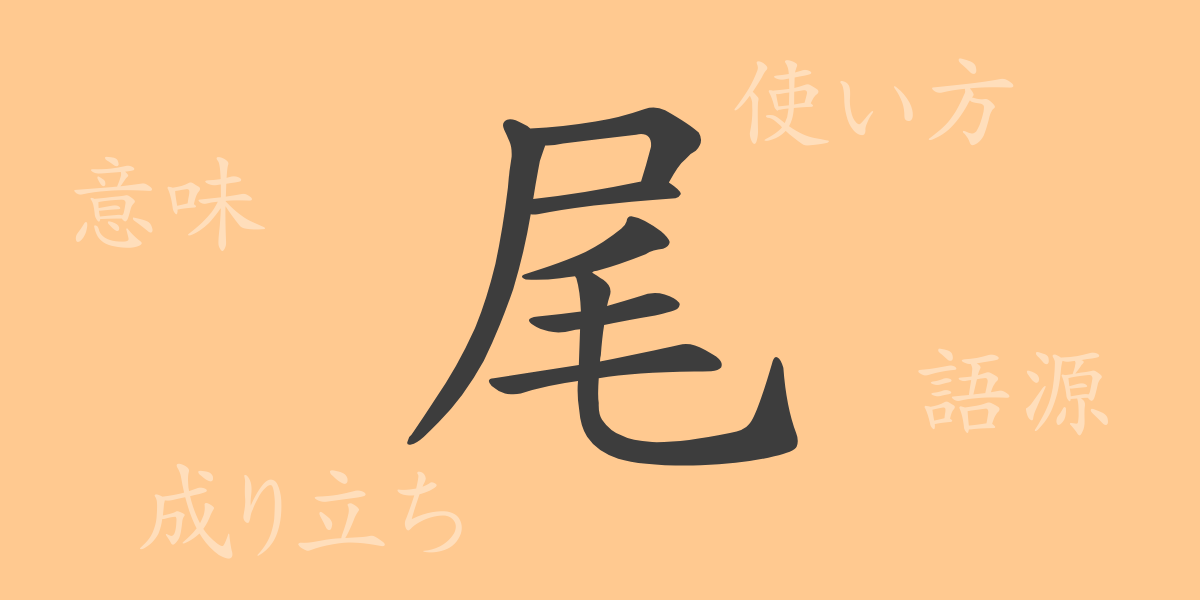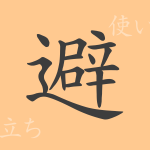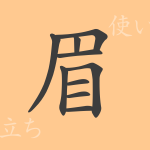In the Japanese language, there are numerous kanji characters, each with its own unique history and meaning. The kanji character “尾” (bi) has been frequently used in our daily conversations, literature, and history. This article delves deeply into the meaning, origin, and role of the character “尾” (bi) in Japanese culture.
Origin of 尾 (bi)
The character “尾” (bi) is an ideogram that originated in ancient China. Its shape is modeled after the tail of an animal, and its original meaning refers to the part of an animal’s body located at the back. Over time, “尾” (bi) has come to include metaphorical meanings and is also used to express the end or conclusion of something.
Meaning and Usage of 尾 (bi)
The kanji “尾” (bi) not only refers to a part of an animal’s body but also has usages that denote the end or the back of something. Additionally, in words like “尾行” (bikou, tailing), it refers to the act of secretly following someone. In this way, “尾” (bi) is used in various contexts, and its usage is quite broad.
Readings, Stroke Count, and Radical of 尾 (bi)
The kanji “尾” (bi) has multiple readings in Japanese.
- Readings: The on’yomi (Chinese reading) is “ビ” (bi), and the kun’yomi (Japanese reading) is “お” (o).
- Stroke Count: The kanji “尾” (bi) has a total of 7 strokes.
- Radical: The radical of “尾” (bi) is “尸” (shikabanehen), also known as “しかばねへん” (shikabanehen).
Idioms, Proverbs, and Sayings Using 尾 (bi)
There are several idioms, proverbs, and sayings that include the character “尾” (bi).
- “尾を引く” (o wo hiku): Something continues to have an effect even after it has ended.
- “尾を括る” (o wo kukuru): To be cautious and vigilant.
- “尾ひれをつける” (ohire wo tsukeru): To add unnecessary details or embellishments to a fact.
- “猫の尾を踏む” (neko no o wo fumu): To accidentally anger someone.
- “尾籠” (birou): Describes a timid or cunning nature.
These expressions exemplify the richness of the Japanese language.
Summary of 尾 (bi)
The kanji “尾” (bi), though simple in form and meaning, is used in a wide range of expressions in Japanese. Starting from a part of an animal’s body, it extends to expressions indicating the end or continuation of something. Additionally, idioms and proverbs containing “尾” (bi) highlight the depth of the Japanese language and play an important role in our linguistic life. Understanding the culture and thoughts behind the character “尾” (bi) can be a fascinating journey for Japanese learners and those who wish to gain a deeper understanding of Japanese culture.

























